Conjunctive adverbs are crucial grammar tools that connect parts of a sentence, showing relationships like contrast, cause, sequence, addition, or comparison. Words like “however” and “but” highlight differences, while “so” and “because” explain reasons. These adverbs help make your writing clear and easy to follow, guiding the reader through your thoughts smoothly. For English learners, mastering conjunctive adverbs can greatly improve writing and understanding, making them vital for effective communication.
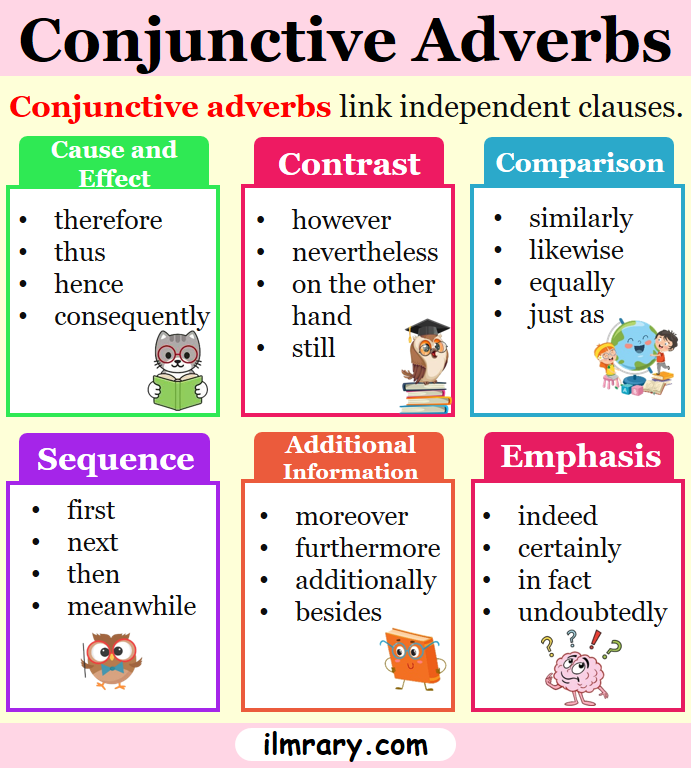
Conjunctive Adverbs Definition, Meaning with Examples
Conjunctive Adverbs Definition:
Conjunctive adverbs are words that help connect ideas in sentences. They show how different parts of a story or argument relate to each other. Words like “however,” “therefore,” and “meanwhile” are conjunctive adverbs. They make writing smoother by showing how one idea leads to another.
Examples:
- He forgot his lunch; thus, he had to buy food.
- They practiced hard; however, they lost the game.
- She loves chocolate; meanwhile, her sister prefers vanilla.
- He finished his work; therefore, he could relax.
Conjunctive Adverbs Use:
Conjunctive adverbs are like helpers in writing. They connect different parts of a story or paragraph. They can show things like when something happened, what caused it, or what happened next, if you want to say two things that are different, you can use words like “but” or “however.” If you want to show what happened because of something else, you can use words like “so” or “therefore.” These words make writing easier to understand because they show how everything fits together.
Usage of Conjunctive Adverbs:
- Contrast
- Cause and Effect
- Sequence
- Addition
- Comparison
Contrast:
Use conjunctive adverb like “however,” “but,” or “nevertheless” to show differences between ideas.
Examples:
- She loves dogs; however, she’s allergic.
- The movie was long, but it was boring.
- He wanted to go out; nevertheless, he stayed home.
Cause and Effect:
Conjunctive adverb like “therefore,” “thus,” or “consequently” to show the result of an action.
Examples:
- He didn’t study; therefore, he failed.
- The road was closed; thus, they took a detour.
- She practiced piano; as a result, she improved.
Sequence:
Use conjunctive adverbs like “then,” “next,” or “meanwhile” to show the order of events.
Examples:
- She woke up early; then, she went for a run.
- First, he washed the dishes; next, he dried them.
- She finished her homework; meanwhile, her brother played.
Addition:
Conjunctive adverb like “moreover,” “furthermore,” or “in addition” to add more information.
Examples:
- He didn’t study; therefore, he failed.
- The road was closed; thus, they took a detour.
- She practiced piano; as a result, she improved.
Comparison:
Conjunctive adverb like “likewise,” “similarly,” or “just as” to compare two ideas.
Examples:
- He enjoys hiking; similarly, his father does.
- She’s a singer; just as importantly, a friend.
- They love music; likewise, concerts.
List of Conjunctive Adverb:
- Additionally
- Also
- Besides
- Consequently
- Furthermore
- Hence
- However
- Indeed
- Instead
- Likewise
- Meanwhile
- Moreover
- Nevertheless
- Nonetheless
- Otherwise
- Similarly
- Still
- Then
- Therefore
- Thus
You May Also Like This


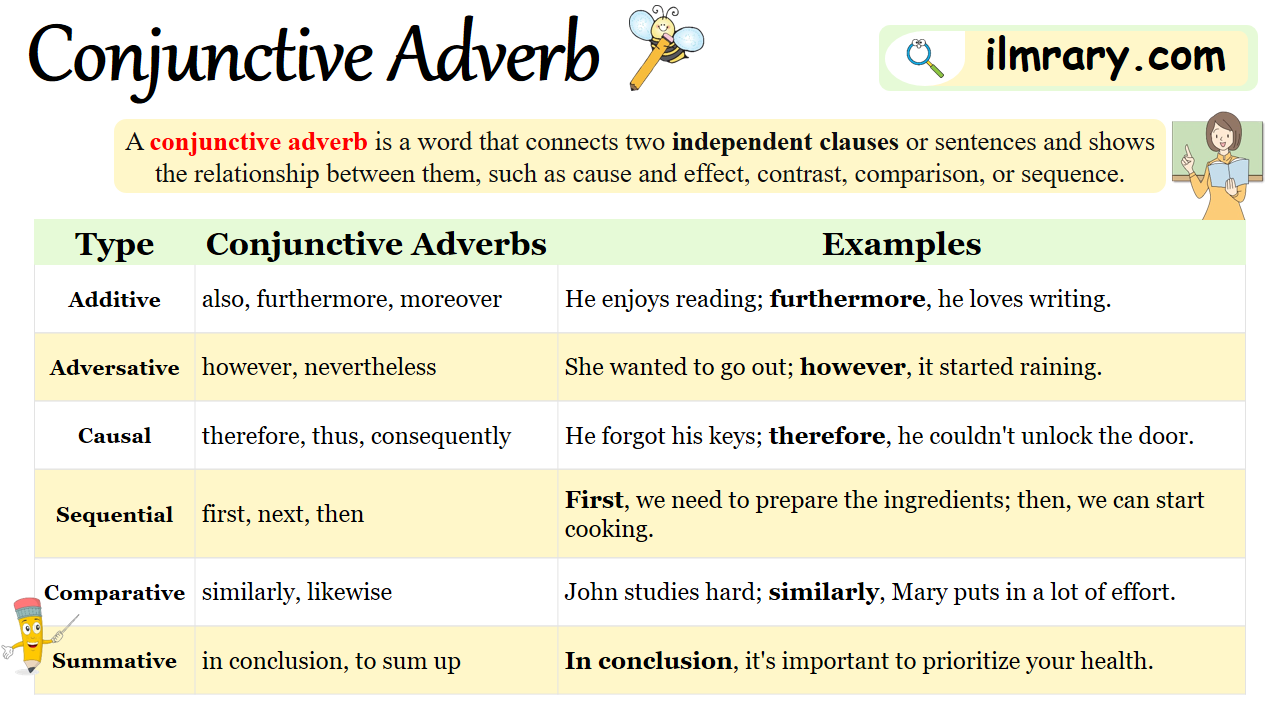
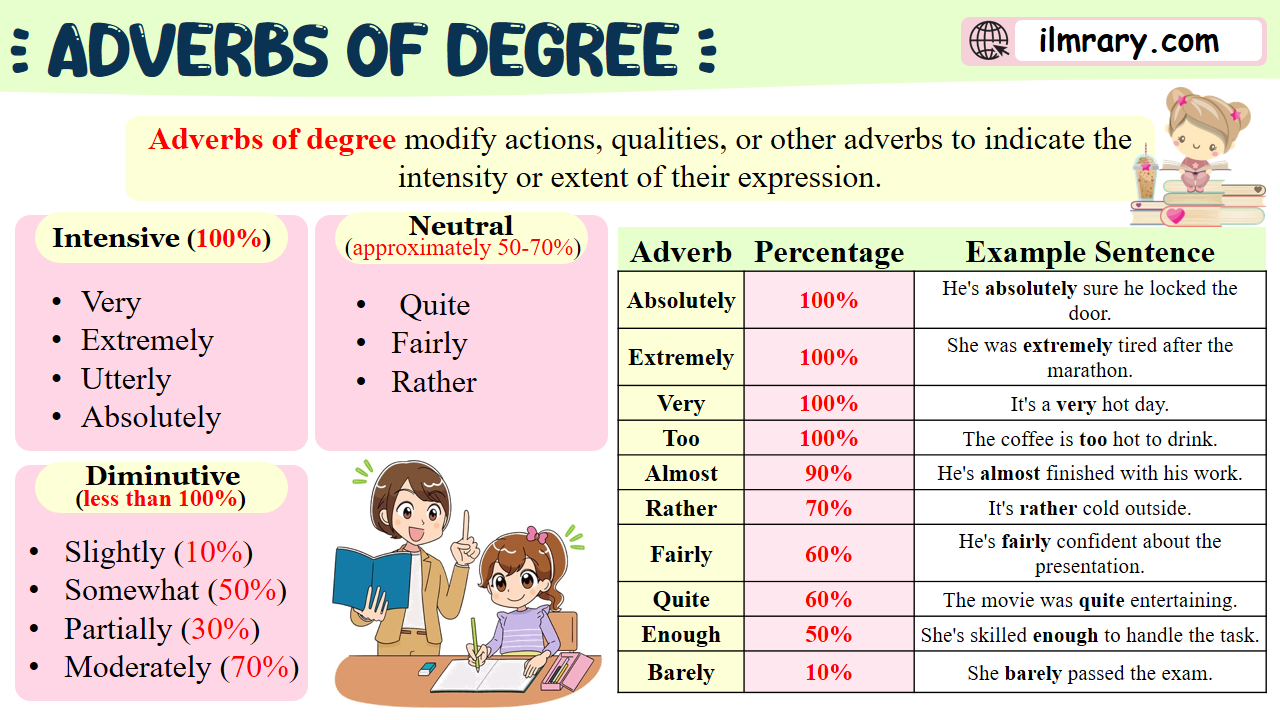
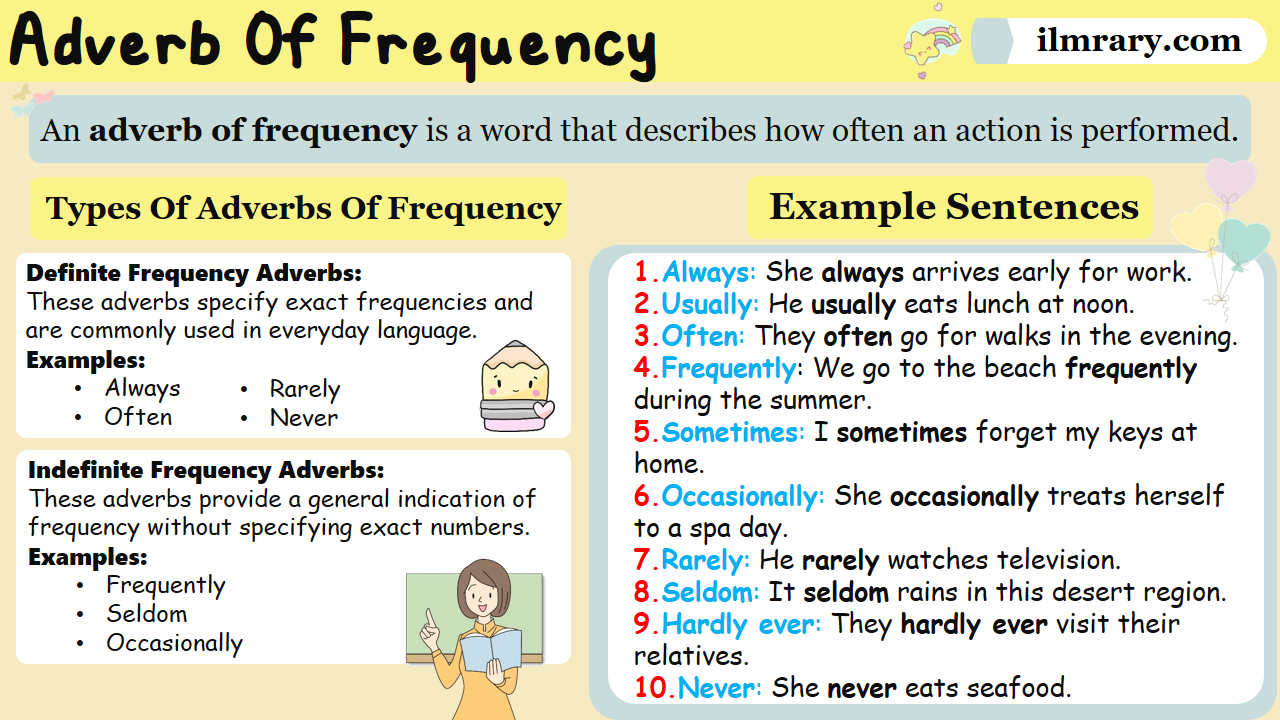
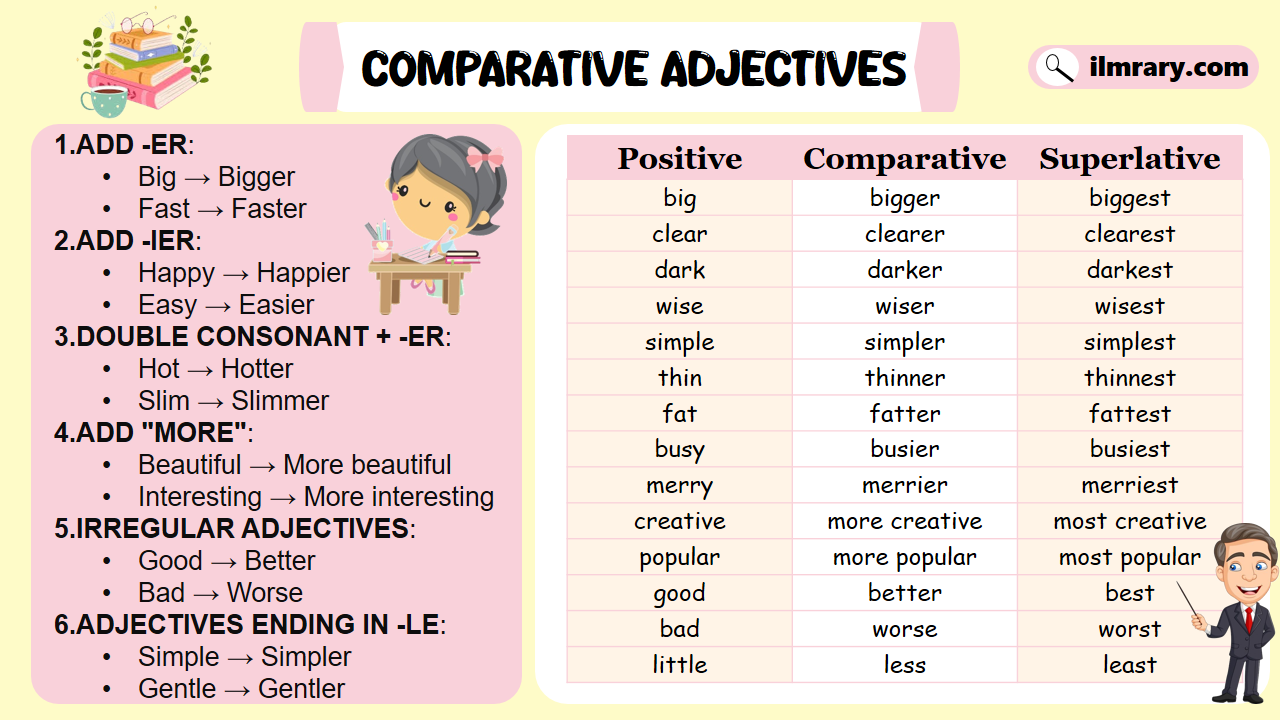
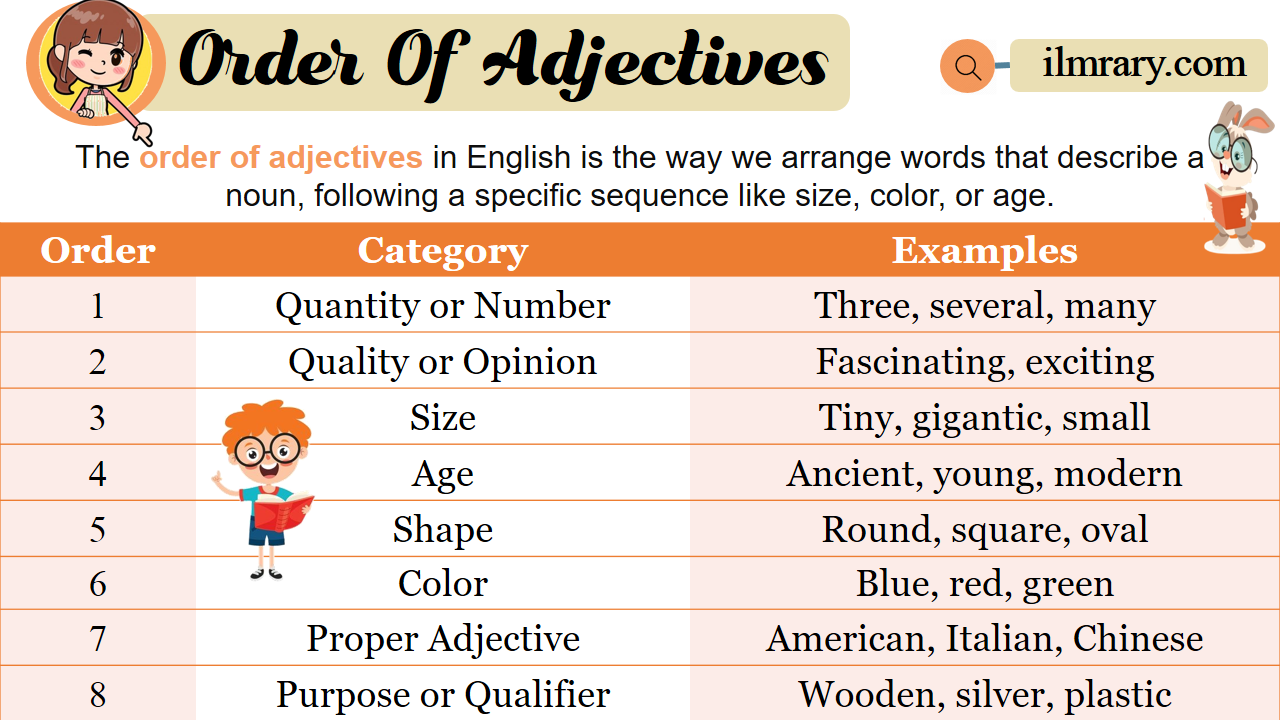
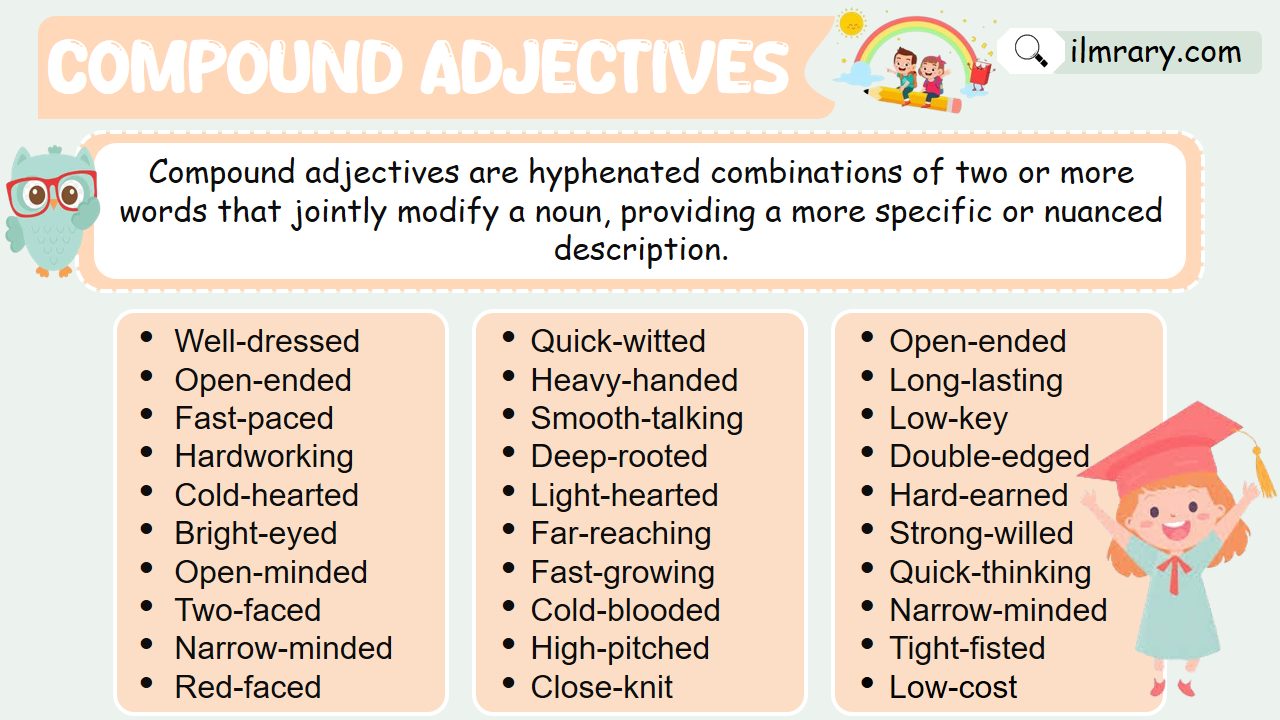

Leave a Comment